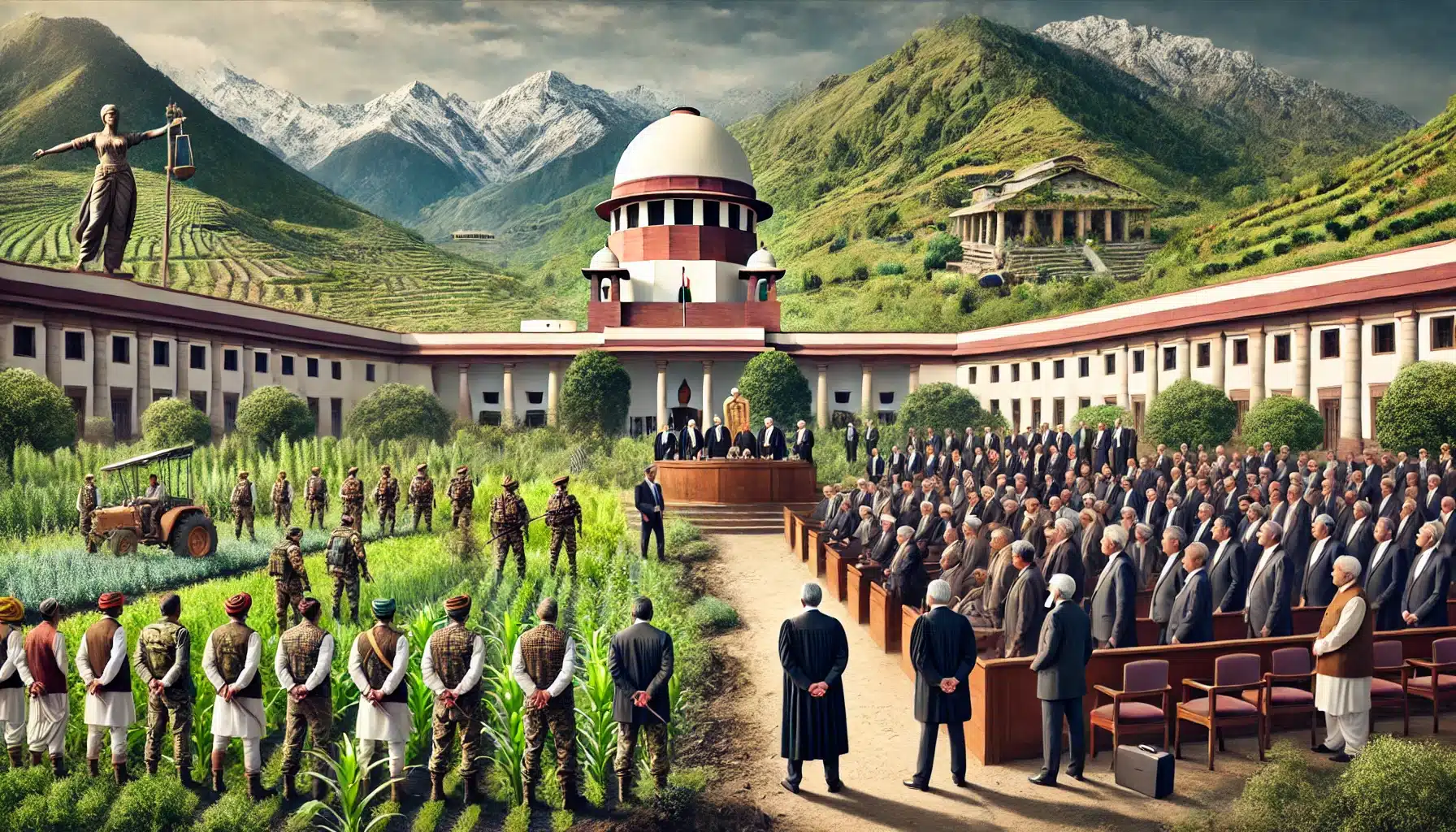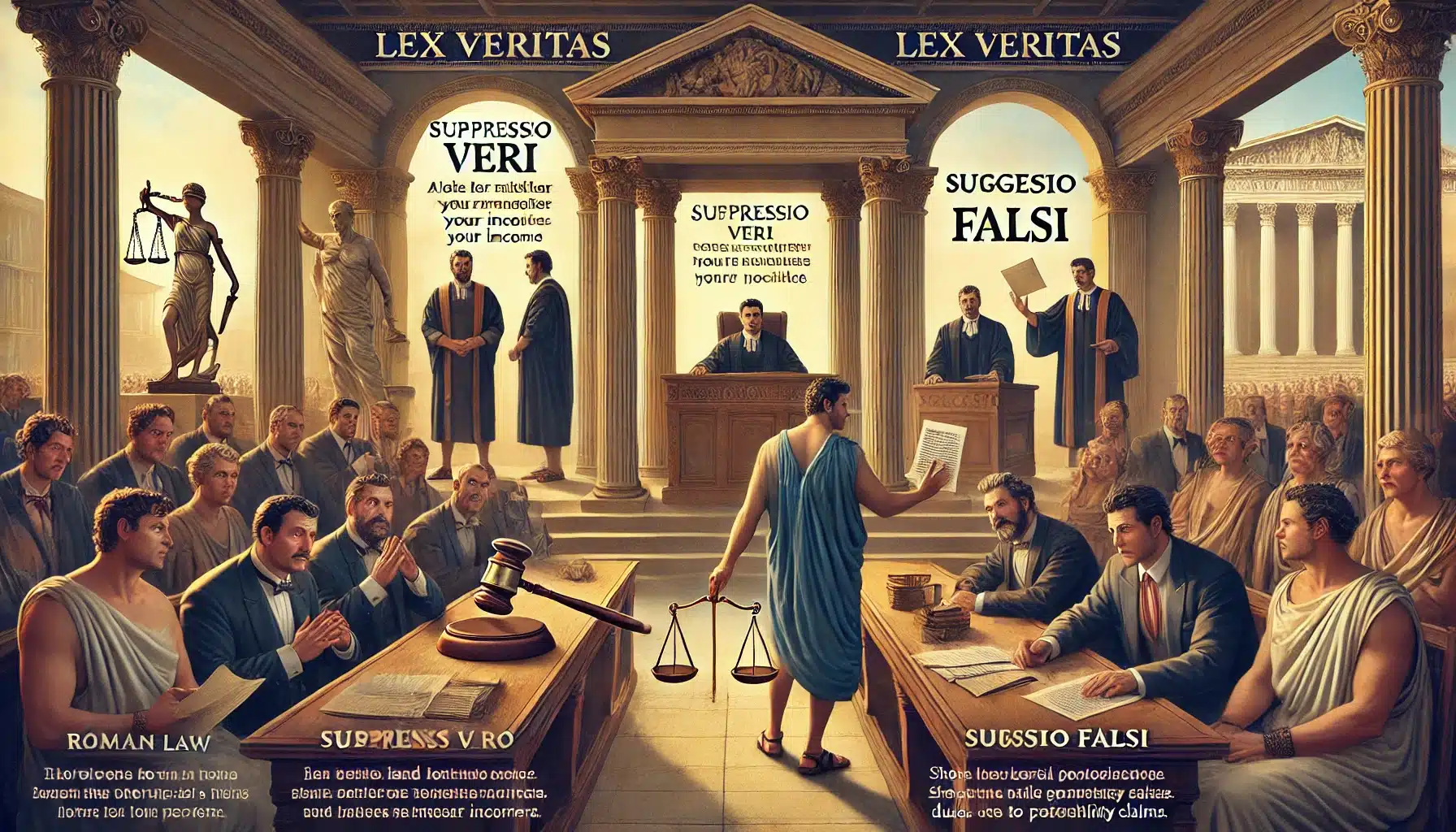Jul 27, 2024 17:00 UTC
| Updated:
Jul 27, 2024 at 17:00 UTC
Case Study: Workers v. Associated Rubber Industry Ltd.
“In some exceptional circumstances, the Court can lift the veil of corporate entities and examine the economic realities behind the legal facade.”
Citation: AIR 1986 SC 1
Date of Judgment: 19th August, 1985
Court: Supreme Court of India
Bench: O. Chinnappa Reddy, J.
Facts
- The Associated Rubber Industry Ltd. invested Rs 4,50,000/- to purchase shares of INARCO Ltd. The company received annual dividends from these shares, which were consistently recorded in its profit and loss account, and included in the calculation of bonuses payable to its workers.
- In 1968, The Associated Rubber Industry Ltd. transferred these INARCO Ltd. shares to its wholly-owned subsidiary, Aril Bhavnagar Ltd. (later renamed Aril Holdings Ltd.). Aril Holdings Ltd. had no capital other than the INARCO Ltd. shares and no other business or income source except the dividends from these shares.
- Consequently, the dividend income was not recorded in The Associated Rubber Industry Ltd.’s profit and loss account, reducing the available surplus for worker bonuses. As a result, workers received only a 4% bonus in 1969, instead of the 16% they would have otherwise received.
- Aril Holdings Ltd. was eventually wound up and merged back into The Associated Rubber Industry Ltd. in 1971.
- The workmen of The Associated Rubber Industry Ltd., Bhavnagar, raised an industrial dispute, asserting their entitlement to a 16% bonus for the year 1969. They argued that transferring INARCO Ltd. shares to Aril Holdings Ltd. was merely a tactic to evade paying a higher bonus. The Industrial Tribunal and subsequently the High Court of Gujarat, under Article 226 of the Constitution, determined that The Associated Rubber Industry Ltd. and Aril Holdings Ltd. were two distinct legal entities. Consequently, the profits generated by Aril Holdings Ltd. could not be considered part of The Associated Rubber Industry Ltd.’s gross profits for bonus calculations. Additionally, the court found no evidence that the share transfer was intended to avoid bonus payments to the workmen.
Judgment of High Court of Gujarat
‘The Rubber Industry’ and ‘Aril Holding’ were distinct companies with independent legal statuses. Thus, the profits generated by Aril Holding could not be considered as profits earned by The Associated Rubber Industry Ltd. when calculating the gross profits of The Rubber Industry. No evidence was found indicating that the share transfer to Aril Holding Ltd. was merely a tactic to avoid paying bonuses to the workmen.
Judgment of Supreme Court
The Supreme Court was satisfied that the amount of dividend from INARCO Ltd. received by the Aril Holdings Ltd. should be taken into account in assessing the gross profit of The Associated Rubber Industry Ltd. for the purpose of calculating the rate of bonus payable to the workmen of The Associated Rubber Industry Ltd. The appeal is allowed with costs and it is declared that the workmen of The Associated Rubber Industry Ltd., Bhavnagar are entitled to be paid a bonus at the rate of 16% for the year 1969.
Key legal issues discussed
1. Whether Associated Rubber Industry Ltd. and Aril Holding Ltd. can be considered two separate entities?
No
The learned court referred to CIT v. Sri Meenakshi Mills Ltd.[1] and held that the Associated Rubber Industry Ltd. and Aril Holdings Ltd. were distinct entities with separate existences. However, this is not the end of the matter. It is the court’s duty, especially in cases where efforts are made to circumvent taxing and welfare laws, to look beyond appearances and uncover the true nature of the situation. The court must focus on the substance of a transaction, not just its form.
The court also referred to the case, Firestone Tyre and Rubber Co. v. Llewellin[2]. In this case, an American company had an arrangement with its European distributors to obtain supplies from its wholly owned English subsidiary. The English company credited the American company with the price received after deducting the costs plus 5%. It was acknowledged that the subsidiary was a separate legal entity, selling its own goods as principal rather than acting as an agent for the American parent. However, the court held that these sales facilitated the American company’s European business. Consequently, it was determined that, in substance, the American company was trading in England through the agency of its subsidiary.
The court further referred to McDowell & Co. Ltd. v. CTO[3] and stated that A new company, entirely owned by the principal company, is formed without any assets or income of its own, except those transferred from the principal company. It has no business activity other than receiving dividends from these transferred shares and serves no purpose other than reducing the gross profits of the principal company. These facts are self-explanatory. The court held that Associated Rubber Industry Ltd. and Aril Holding Ltd. cannot be considered separate legal identities in these circumstances.
2. Will the Company be liable to pay a bonus to its workers?
Yes
The court referred to the case of Apthorpe v. Peter Schoenhofen Brewing Co.[4] , in which it was found that the Income Tax Commissioners determined that all assets of the New York Company, except its land, had been transferred to an English company. The New York Company was maintained solely to hold the land, as New York law prohibited land ownership by aliens. All but three shares of the New York Company were owned by the English company. The Commissioners concluded that even though the business technically belonged to the New York Company, it was merely acting as an agent for the English company. Despite the raised arguments which were referring to the Salomon v. Salomon & Co. Ltd.[5] case, the Court of Appeal decided that the New York business was effectively that of the English company. Therefore, the company was made liable for taxation under English income tax.
The court also referred to Furniss v. Dawson[6] and held that direct evidence that the second company was formed as a device to reduce the principal company’s gross profits may not be available. However, the obvious purpose of this arrangement, which is to lower the bonus payable to the workmen, is evident. Given this clear intention, no additional evidence, direct or circumstantial, is required. The court is convinced that the dividends from INARCO Ltd., received by Aril Holdings Ltd., should be included in the gross profit calculation of The Associated Rubber Industry Ltd. for determining the bonus rate for its workmen. The appeal is therefore allowed with costs, and it is declared that the workmen of The Associated Rubber Industry Ltd., Bhavnagar, are entitled to a 16% bonus for the year 1969.
[1] AIR 1967 SC 819.
[2] (1957) 1 WLR 464, (1958) 33 ITR 741.
[3] AIR 1986 649.
[4] 20 F. 794 (C.C.N.D. Ill. 1884).
[5] (1897 AC 22).
[6] NZLR 1958 396.
































